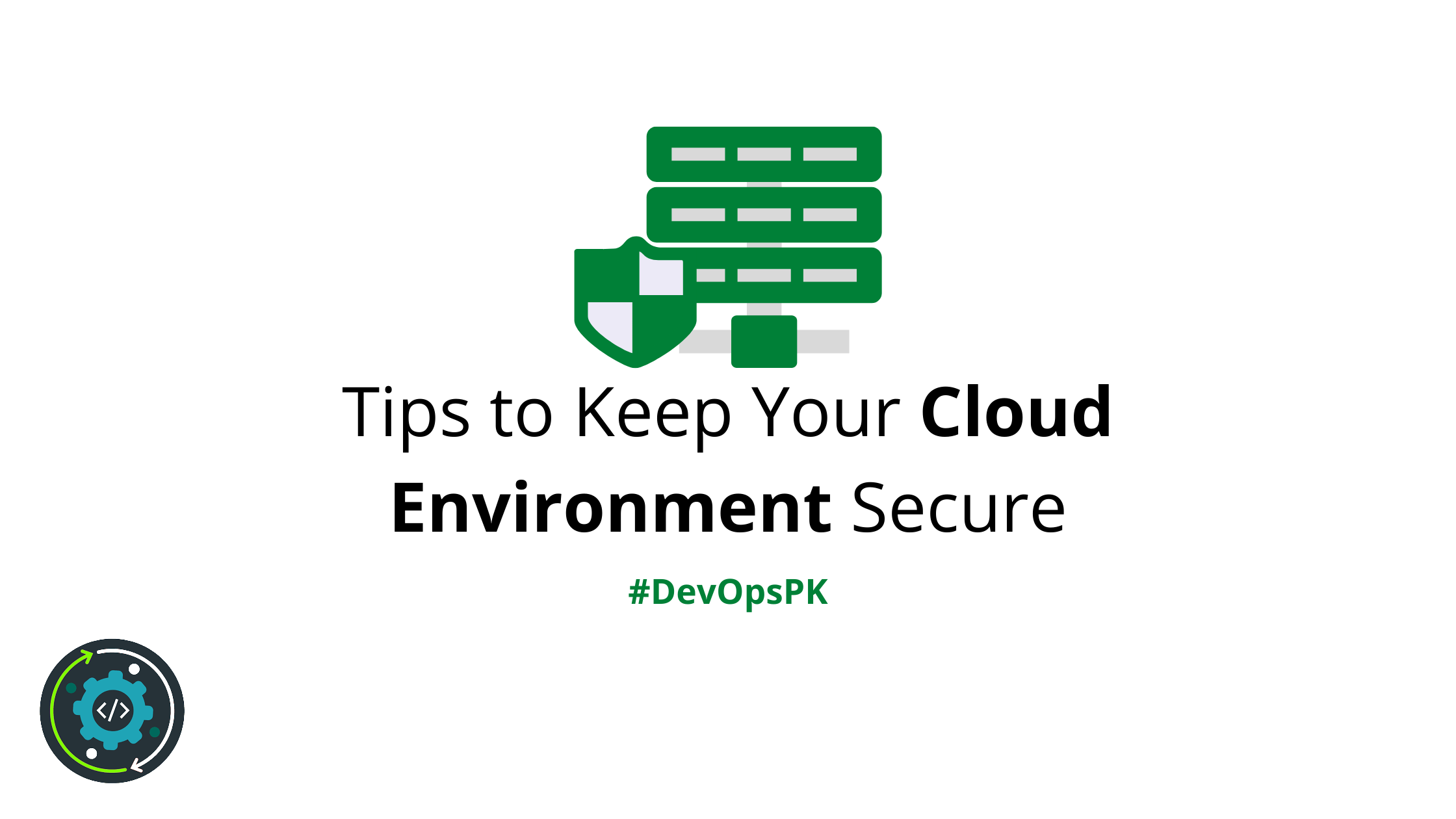Security and technology come in parallel. The skyrocketing of digital evolution comes amidst the upsurge in the number of business technologies developed and launched over the recent decade. Keeping these technologies safe and secure is an overwhelming and crucial aspect of the digital world.
Cybersecurity threats can be disruptive for any technology and comprise businesses and enterprises’ sensitive information and data. It also implies that the cloud environment and acquiring the best security methodologies are vital for any business that relies mainly on cloud technology.
Tips to Keep Your Cloud Environment Secure
Cloud security is crucial for any small to large-scale business, and acquiring the best methodologies for securing a cloud is even more so. The parameters of your business’s cloud security may vary depending upon the specifications of your cloud usage and requirements. However, there are some general cloud security practices that any company should put into consideration. This blog post will discuss some of the best security practices to assist your IT team in keeping your cloud safe and secure.
Shared Cloud Security Responsibilities
The fundamental aspect to acknowledge is that both the cloud service provide and the user are equally responsible for the security of the cloud. When you sign a deal with a cloud service vendor, they should outline which areas of cloud security the user is responsible for and which area the vendor will take care at its own.
Data Encryption
While storing data in the cloud, ensure that data is properly protected. A cloud environment must be rich enough to support data encryption in transiting data to and from the cloud. Go through the encryption policies offered by your cloud vendor. Each provider should have extensive guidelines that reveal how they secure the data stored on their cloud, and it’s mandatory for your company to know these guidelines before shifting any data to the cloud.
Establishing Cloud Data Deletion Policies
Probably in the future, your company will eventually abandon the cloud environment you’re currently using due to several different reasons, from migration to a new cloud vendor to switch back to an on-premise framework. Keeping this scenario in mind, a provider may need to delete your data if your contract with them ends as there will be confidential data that you need to delete from a cloud environment. Must check the deletion policies before signing up for cloud services to check if the vendor ensures the removal of your data from their system once you leave or not.
Managing Access Control
You don’t want anyone to access your cloud storage in your cloud unless they have the proper authentication. Implementing access control regulations enable you to manage the users that try to access your cloud. You can also put in effect specific rights and access control policies differently for different users. By such discrimination, low-level cloud users won’t be able to access certain areas or functionalities of the cloud as high-level security administrators can do.
Monitor Your Cloud Environment for Security Threats
Conventional security solutions are aimed at protecting against threats and intruders as they attack your cloud. However, this isn’t enough anymore; you need to counter a threat on your infrastructure before it gains a chance to attack or trespass. Threats can hide in your cloud environment and wait for the right time to attack. By strict scrutiny and monitoring of your cloud environment, you can explore latent malware and be able to take informed steps to eliminate them.
Perform Routine Penetration Tests
Security gaps could appear anywhere in your cloud framework. If these gaps aren’t discovered and eliminated, your business will be on the edge of suffering long-term damages due to threats and attacks. Many cloud vendors will allow you to conduct penetration tests to discover these gaps, whereas some might also run this routine themselves. By making sure that these tests are carried out on a routine basis, you can easily uncover any gaps and eliminate them timely.
Train Your Employees on Your Cloud Security Practices
In some cases, the significant security threat to your cloud environment is your own business and your staff. Whether due to negligence or lack of knowledge, a staff member who mishandles your cloud environment can open doors for intruders to enter your system. Like any technology, your business should invest time to train employees according to the best security methodologies you’ve adopted. In this way, you can refrain from facing any internal security threats while also gearing up for external ones.
End Words
In general, cloud computing is a much more budget-friendly option, and it’s undoubtedly more secure if you keep using it in the way with necessary precautionary measures.
Following industry best and tested methodologies in acquiring, installing, and managing cloud environments can help you extract the most value out of cloud computing while still maintaining a high level of security to secure your sensitive and valuable data assets.
Trained IT experts can assist you in designing and costing for an effective cloud strategy that combines all the pieces and even offers continuous management to ensure your data is secured and protected.


Leave a Reply